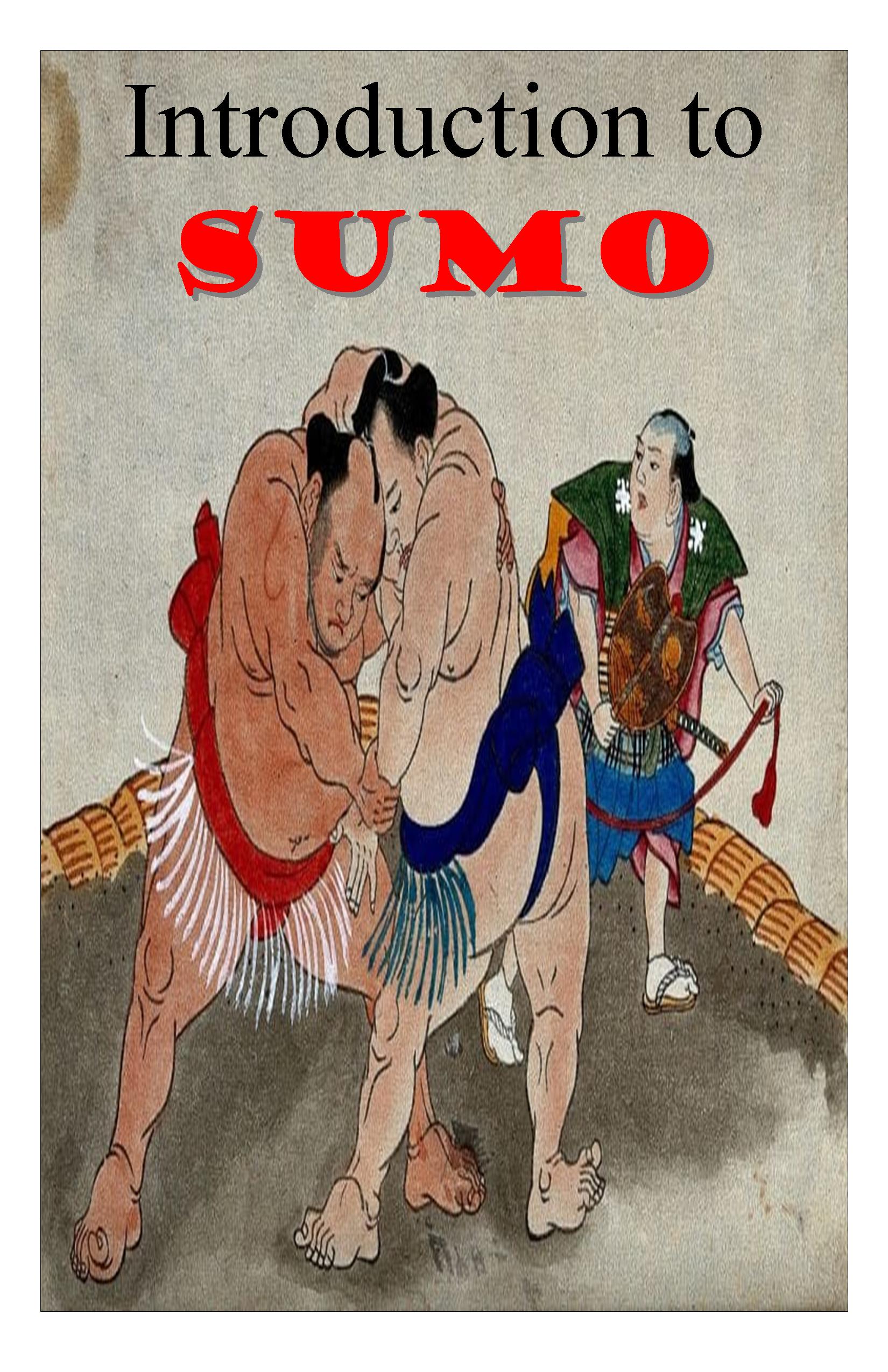
INTRODUCTION TO SUMO
Ceremonies and Techniques
By Hanzo Hattori
Paperback
+ $9 Priority Shipping

+ $9 Priority Shipping
Many people are under the impression that sumo is a plodding sport in which two overweight men slowly try to force each other backward in a straight line. That illusion is always shattered within minutes of first sitting down to watch a training session or a tournament.
As the wrestlers enter the ring, the reverence for the sport's storied past is on full display, their attire connecting them to centuries of sumo history. It's a sight to behold, seeing how each component of the sumo wrestler's garments enhances the ritualistic aspects of sumo wrestling, merging functional needs with ceremonial reverence in the heart of the dohyo.
The ring-entering ceremony, scattering of salt, and intense visual battle all have symbolic significance and contribute to the psychological aspect of the match. Despite the challenges that Sumo has faced over the years, it has maintained its strict adherence to tradition and remains an important part of Japanese culture. By understanding and appreciating these traditions, we can gain a deeper insight into the essence of sumo wrestling and the culture that surrounds it.
The basic rules of Sumo are quite simple: it is a form of wrestling in which a contestant loses if he is forced out of the ring or if any part of his body except the soles of his feet touch the ground. From such a simple framework, however, a rich and complex facet of Japanese culture with centuries of history has grown.
Sumo wrestling is not just a sport, but a traditional Japanese cultural practice that has deep roots in Shintoism. The rituals that are performed before the match are just as important as the match itself, they symbolize purification, expelling evil spirits, and attracting the attention of the gods.
Sumo originated as a religious ritual dedicated to the Shinto gods. Until the beginning of the 17th century, it was not intended to be a sport for public entertainment. The first sumo matches were held in Shinto temples as part of sacred dances and prayers for a good harvest. They were meant to appease the gods during festivals or to thank them for an abundant rice crop. Over time, sumo evolved into a type of sport while still retaining its traditional roots.
During matches, ancient Shinto rites are still observed. Sumo Wrestling is one of the world’s most distinctive forms of wrestling. Originating in Japan, Sumo can trace its roots back to the Edo period of Japan’s history (circa 1603) and was a popular form of entertainment. The original wrestlers were almost certainly Ronin, samurai who had no lord or master and they would have competed as Sumo would provide them with a source of income.
Sumo is considered a martial art in Japan but is more accurately described as a sport, but one which still retains many of the ancient traditions of the Shinto religion as can be seen from the rituals at the beginning of every Sumo bout.
Paperback | $34.95
Published by DOJO Press
When ordering by mail: Indicate book or item and mail with your Name, Address, City, State, and ZIP Code to:
DOJO Press
P.O. Box 209
Lake Alfred, FL 33850
Please include check or money order. Canada and Foreign orders, please add $20 per order for First Class Postage.
US Funds Only.